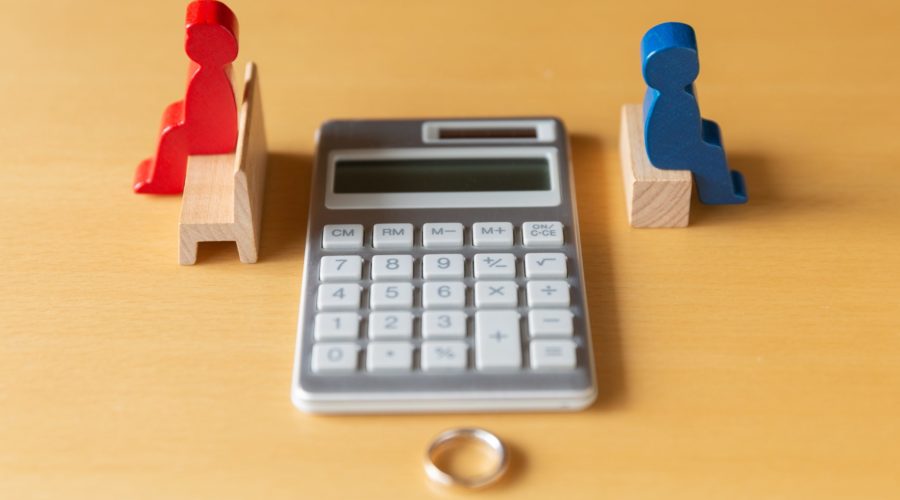
Upon divorce, it is open to the Court to make various financial orders between the parties. This article addresses spousal maintenance, namely periodical payments upon divorce from one spouse to the other (either wife to husband, or husband to wife), and explains the general reasoning behind the determination of the amount of such award.
Periodical payments are the payment of regular maintenance from one spouse to the other, usually on a monthly basis. Periodical payments, if awarded, are usually ordered to last until the receiving spouse remarries, or for the duration of their life. Periodical payments may also be expressed to cease once the receiving party begins permanent cohabitation with another partner, although this would be in the form of an agreement reached by way of consent, it is not an order open for the Court to make.
As periodical payments can last for many years, they may be “index linked”, meaning that the maintenance will increase to reflect the effects of inflation over time.
When considering the appropriate figure for spousal maintenance, the Court will take into consideration the factors listed in section 7 of the Matrimonial Proceedings and Property Ordinance, Cap. 192:
- 1. The income, earning capacity and financial resources of the couple involved.
- 2. The needs, obligations and responsibilities of the couple.
- 3. The standard of living enjoyed by the couple before the divorce.
- 4. The age of the parties involved and the duration of the marriage.
- 5. The individual contributions made by the parties to the welfare of the family.
- 6. Any physical or mental disability of any of the parties involved.
- 7. Any loss of benefit for any of the parties due to the divorce.
Therefore, the Court will consider the overall financial position of each party both at the time of proceedings and in the foreseeable future. Generally speaking, the lifestyle enjoyed by the parties during the course of the marriage is also a relevant reference point.
There is no one size fits all application of the above factors, and the Court’s determination of the appropriate amount of spousal maintenance, if any, is inherently subject to judicial evaluation of the circumstances of the case.
Also important to consider is the marital pool of assets for division. How this may be divided will also affect the amount of monthly maintenance that may be awarded.
Generally speaking, if the parties’ marriage has been of a medium to long duration (7 years or more), the Court is inclined to ensure that both parties walk away with financial parity, and neither is left in a financially detrimental position because of choices made throughout the marriage, or without the means to support themselves (for instance, if one spouse gave up their job to be the primary carer of the household and any children of the marriage).
If maintenance is awarded by the Court, it is always open to either party to apply to the Court to vary the amount of maintenance being paid. This may usually be due to a change in circumstances, e.g. one party being made redundant or a change in living circumstances.
In addition to periodical payments, a divorcing spouse may also seek/receive:
- A lump sum payment; and/or
- The transfer of property.
These other forms of financial maintenance are covered in separate articles here on hongkongdivorce.com










